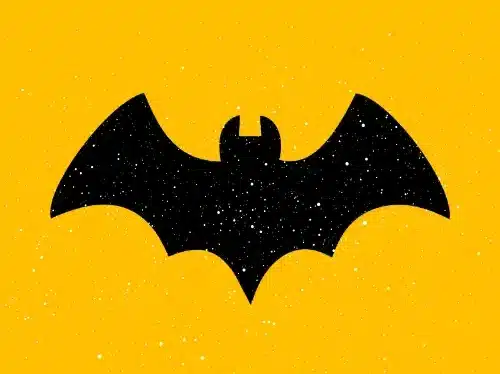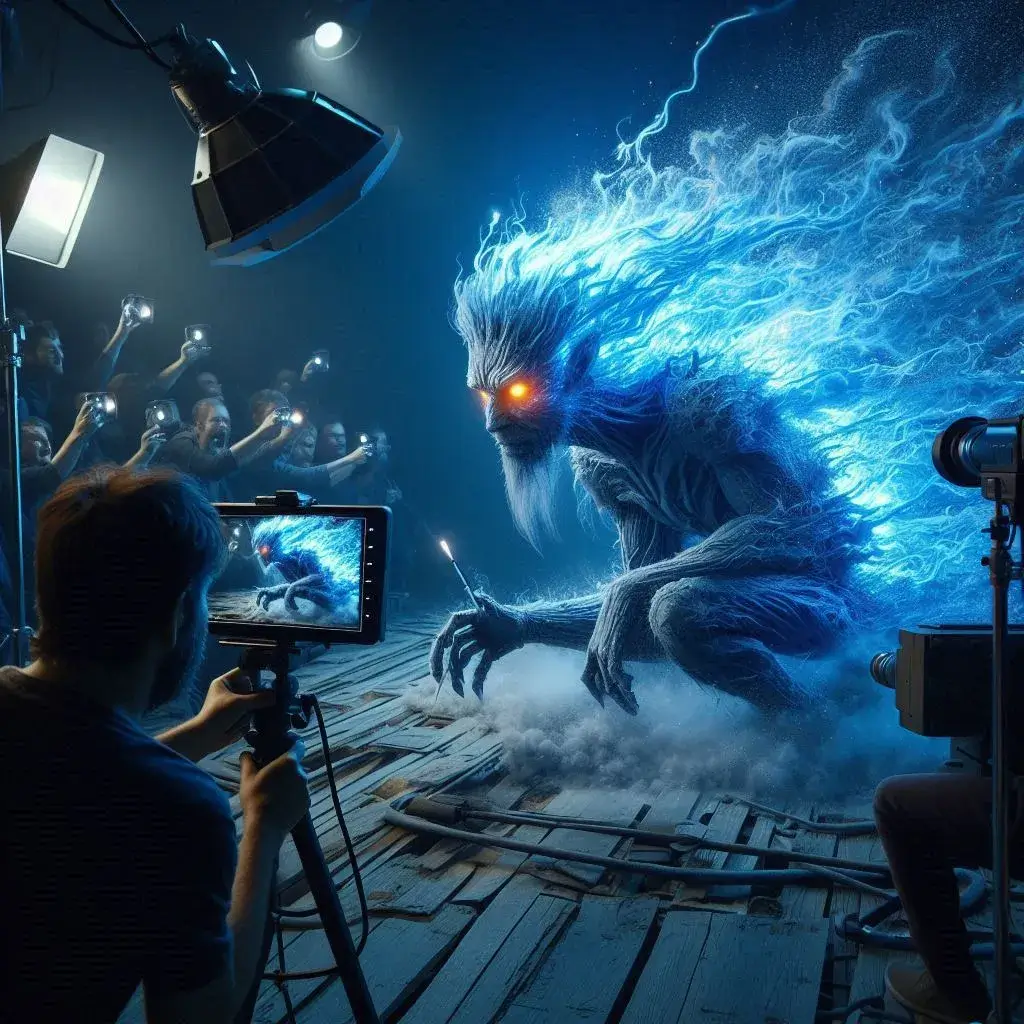The Magic of Special Effects in Cinema
Did you know that the first-ever special effect was a simple trick of double exposure in a 19th-century film?
Fast forward to today, and we have CGI explosions, digital doubles, and realistic aliens.
How did we get here?
From mechanical marvels to pixel-perfect creations, special effects have undergone a mind-blowing transformation that’s altered not only the way we watch movies but how we experience entire worlds on screen.
Importance:
Special effects have always been a magical part of cinema, but their evolution is what truly shapes the landscape of modern entertainment.
Whether it’s movies, TV shows, or video games, special effects push the boundaries of what’s possible, bringing to life stories and characters that were once relegated to the imagination.
Without them, epic scenes like the Star Wars space battles or the jaw-dropping creatures from Jurassic Park wouldn’t exist.
As fans of both cinema and gaming, we’re living in a golden age where these effects continue to evolve, offering unprecedented levels of immersion and realism.
The role of special effects is more than just enhancing visuals; they’ve become a key storytelling tool, used to evoke emotions, create atmospheres, and bring fantastical elements into our reality.
From the rise of practical effects to the revolutionary CGI breakthroughs, understanding how special effects have evolved is crucial for anyone who’s ever wondered how a scene was made or how technology shapes our favorite movies and games.
In exploring the evolution of special effects, we’ll take a deep dive into the history of special effects in movies and how special effects technology has advanced from simple tricks to high-tech wonders.
Through this journey, we’ll see how the magic behind the scenes has shaped not only the film industry but also how we experience storytelling today.
Whether you’re a sci-fi fanatic, a lover of fantasy worlds, or simply someone who enjoys the occasional explosive blockbuster, special effects are the beating heart of our favorite cinematic adventures.
1. The Early Days: Practical Effects and Magic Tricks
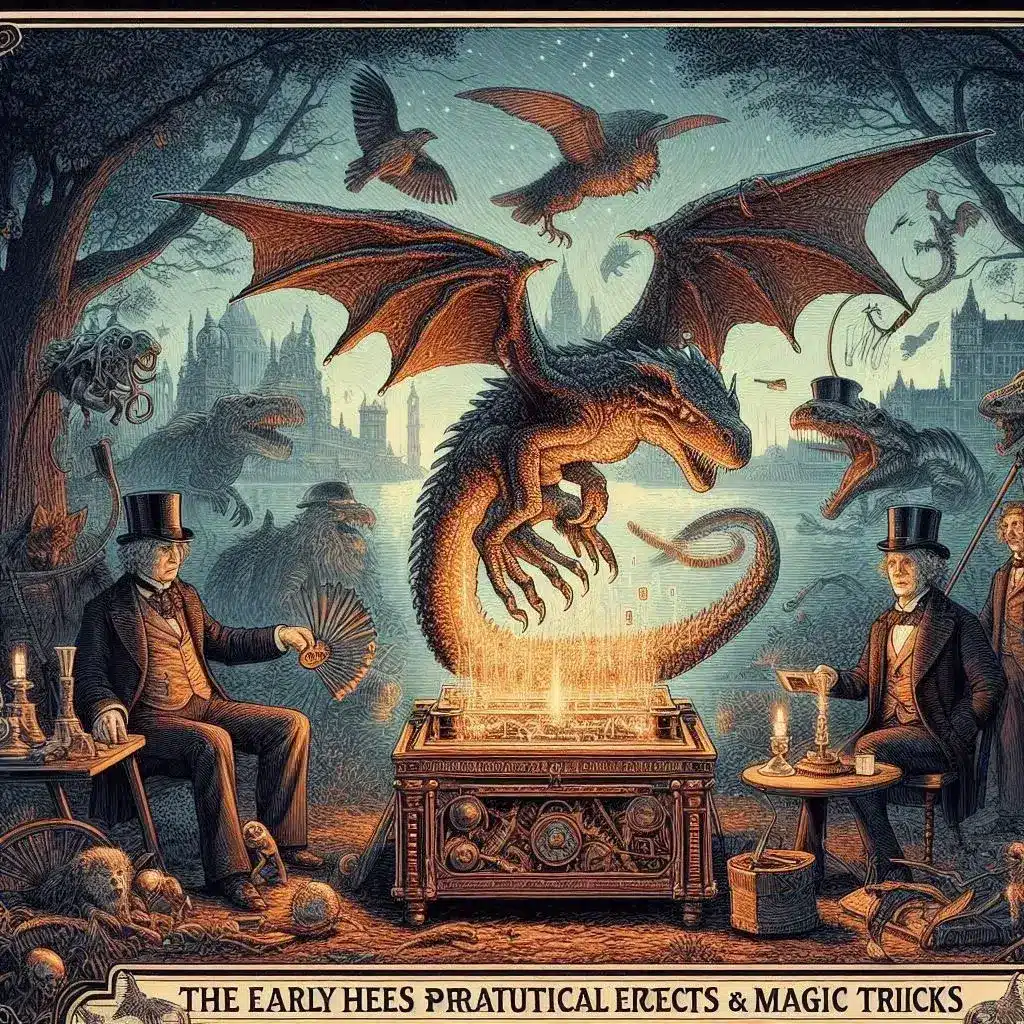
Special effects have come a long way since their inception, with the earliest methods rooted in practical effects, manual craftsmanship, and pure ingenuity.
In the early days of cinema, filmmakers used miniatures, stop-motion animation, and optical illusions to create impossible worlds on the silver screen.
This era was all about the raw magic of filmmaking—where illusion met creativity, and the audience’s imagination was sparked by what appeared to be “real” on screen.
One of the most iconic examples of early practical effects is the 1933 film King Kong, where miniatures of the giant ape and the island were created to make the audience believe that a towering creature existed in the same world as the human actors.
Similarly, The Wizard of Oz (1939) showcased dazzling color effects and intricate set designs, with practical effects transforming the fantastical world of Oz.
Key Developments:
However, it was Georges Méliès, the French filmmaker and illusionist, who truly pioneered the use of special effects in cinema.
Méliès’ 1902 film A Trip to the Moon is widely recognized as one of the first films to integrate special effects to tell a fantastical story.
Through techniques like double exposure, stop-motion, and elaborate set designs, Méliès revolutionized the way films were made, creating a world that felt magical and surreal.
His work not only set the foundation for future special effects but also influenced an entire generation of filmmakers, including the likes of Stanley Kubrick and Steven Spielberg, who would go on to push the boundaries of visual storytelling.
The legacy of early special effects is still alive in today’s movies, where CGI builds on the principles set by these early visionaries.
Practical effects, from miniatures to elaborate set designs, continue to inspire filmmakers who blend both old and new methods to create cinematic magic.
By exploring the early special effects in cinema, including Georges Méliès effects and practical effects, we understand how these pioneering techniques laid the groundwork for the advanced CGI and digital effects we now take for granted in modern films.
Whether it’s the artistry of miniatures in King Kong or the mesmerizing effects in A Trip to the Moon, these early examples show how far we’ve come in creating the impossible on screen.
2. The Golden Age of Special Effects: 1950s to 1980s
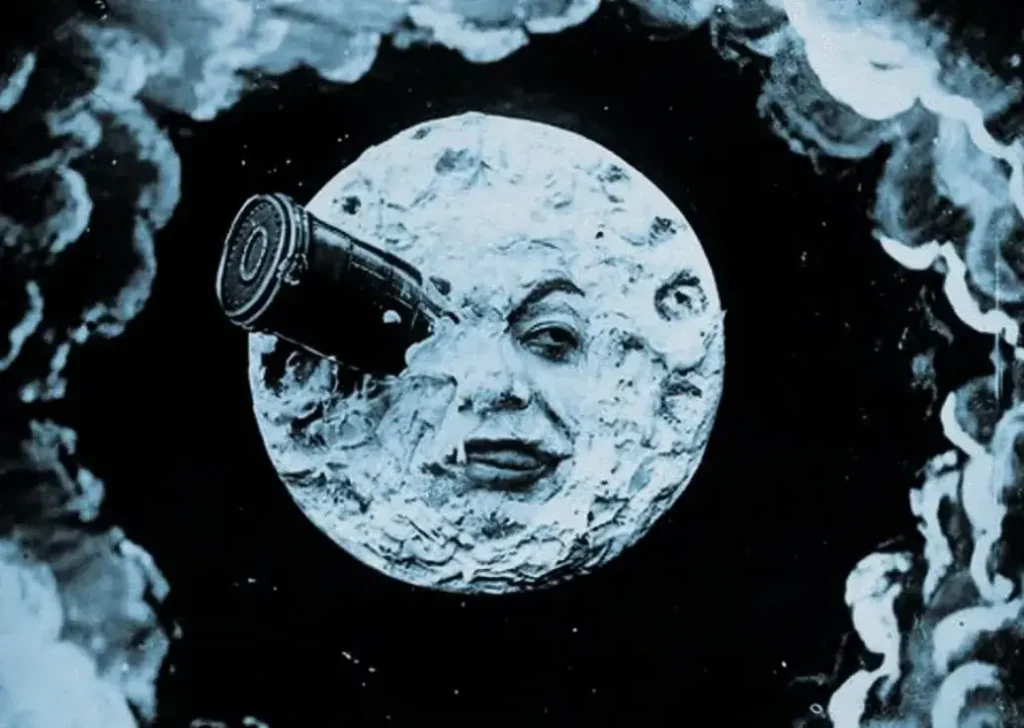
The Golden Age of special effects, spanning from the 1950s to the 1980s, marked a revolutionary era in cinema, where practical effects took center stage.
This period saw the rise of groundbreaking techniques like animatronics, matte paintings, and pyrotechnics, all of which became essential tools in the production of iconic films.
During this time, filmmakers pushed the boundaries of creativity, using these techniques to bring fantastical creatures, vast space battles, and impossible worlds to life.
The 1977 release of Star Wars, directed by George Lucas, was a game-changer, setting new standards for special effects in films.
Not only did it introduce stunning space battles and lightsaber duels, but it also featured innovative practical effects, such as the use of models, miniatures, and intricate matte paintings to create the expansive universe of the Galactic Empire.
In the years that followed, the 1980s continued to push the envelope, with The Empire Strikes Back (1980) building upon its predecessor’s visual legacy.
Techniques like motion control photography were used to achieve the realistic movement of spaceships, and animatronics were utilized to bring characters like Yoda to life, giving them an unprecedented level of expression and believability.
These advancements laid the foundation for the next wave of special effects, blending traditional craftsmanship with new technology.
Iconic Examples:
One of the standout achievements from this period was the creation of the Star Wars lightsaber—a visual effect that remains a defining symbol of the franchise.
Though primarily portrayed with optical effects, the lightsaber’s glowing blade was a blend of practical design and innovative post-production techniques.
Similarly, Jurassic Park (1993) combined the power of both practical animatronics and cutting-edge digital effects to create lifelike dinosaurs.
While the T. rex and raptors were brought to life using animatronics, the seamless integration of CGI allowed for fluid, realistic movement that would not have been possible with practical effects alone.
The blending of practical and digital effects during the Golden Age of special effects paved the way for the future of visual storytelling, setting the stage for the explosion of CGI technology in the 1990s and beyond.
3. The Digital Revolution: CGI and Computer-Generated Imagery
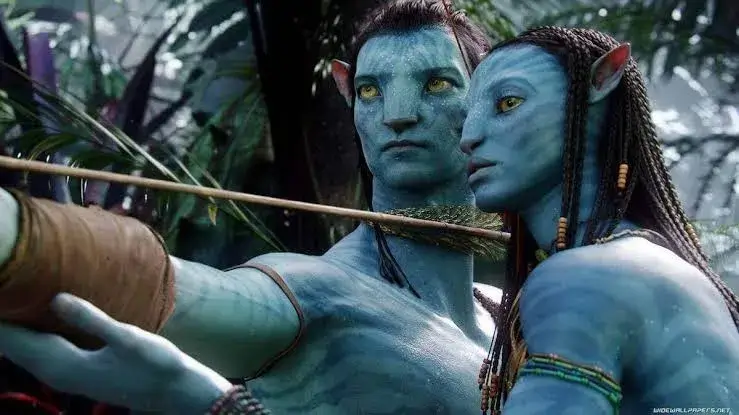
The rise of CGI (Computer-Generated Imagery) revolutionized the way filmmakers create and present stories, enabling them to explore realms and ideas that were once unimaginable.
The earliest example of CGI in mainstream cinema can be traced back to Tron (1982), where digital effects were used to create virtual environments that interacted with the live-action footage.
While Tron is considered a pioneer in computer-generated effects, it was the release of Jurassic Park (1993) that truly marked the dawn of the digital era.
The groundbreaking use of CGI in Jurassic Park—particularly in bringing dinosaurs to life—was a technological leap that set the stage for the new era of visual effects.
For the first time, digital creatures could be seamlessly integrated into real-world environments, changing how action sequences and visual storytelling were crafted.
Key digital techniques like motion capture, digital compositing, and 3D modeling played an essential role in CGI’s ability to create hyper-realistic environments and characters.
Motion capture, for instance, allowed filmmakers to capture the movements of human actors and translate them into computer-generated characters, blurring the line between reality and animation.
Digital compositing enabled filmmakers to layer multiple visual elements together in ways that were previously impossible, while 3D modeling allowed for the creation of entirely new worlds.
Key Examples:
Following the success of Jurassic Park, CGI technology reached new heights in films such as The Matrix (1999) and Avatar (2009).
The Matrix set new standards for CGI with its iconic “bullet time” effect, where action sequences were slowed down to emphasize dramatic moments in the film.
This technique was achieved using a combination of motion capture, green screens, and digital compositing, laying the groundwork for future visual innovations.
However, it was Avatar that truly pushed the boundaries of CGI to an entirely new level.
James Cameron’s epic 3D adventure set the bar for both visual effects and the use of motion capture technology.
The film not only integrated CGI characters seamlessly into live-action footage but also created the planet of Pandora—an entirely digital world—populated with lush environments, alien creatures, and towering landscapes.
It was a perfect example of how computer-generated effects in movies could elevate a film beyond the limitations of practical effects, offering audiences a fully immersive cinematic experience.
The integration of CGI, motion capture, and 3D modeling has not only redefined how movies are made but has also paved the way for entirely new genres, such as virtual reality (VR) films and interactive media.
Today, digital effects continue to evolve, with AI-driven technologies and machine learning techniques advancing the way filmmakers create visual experiences.
4. The Rise of Virtual Reality and Real-Time Graphics
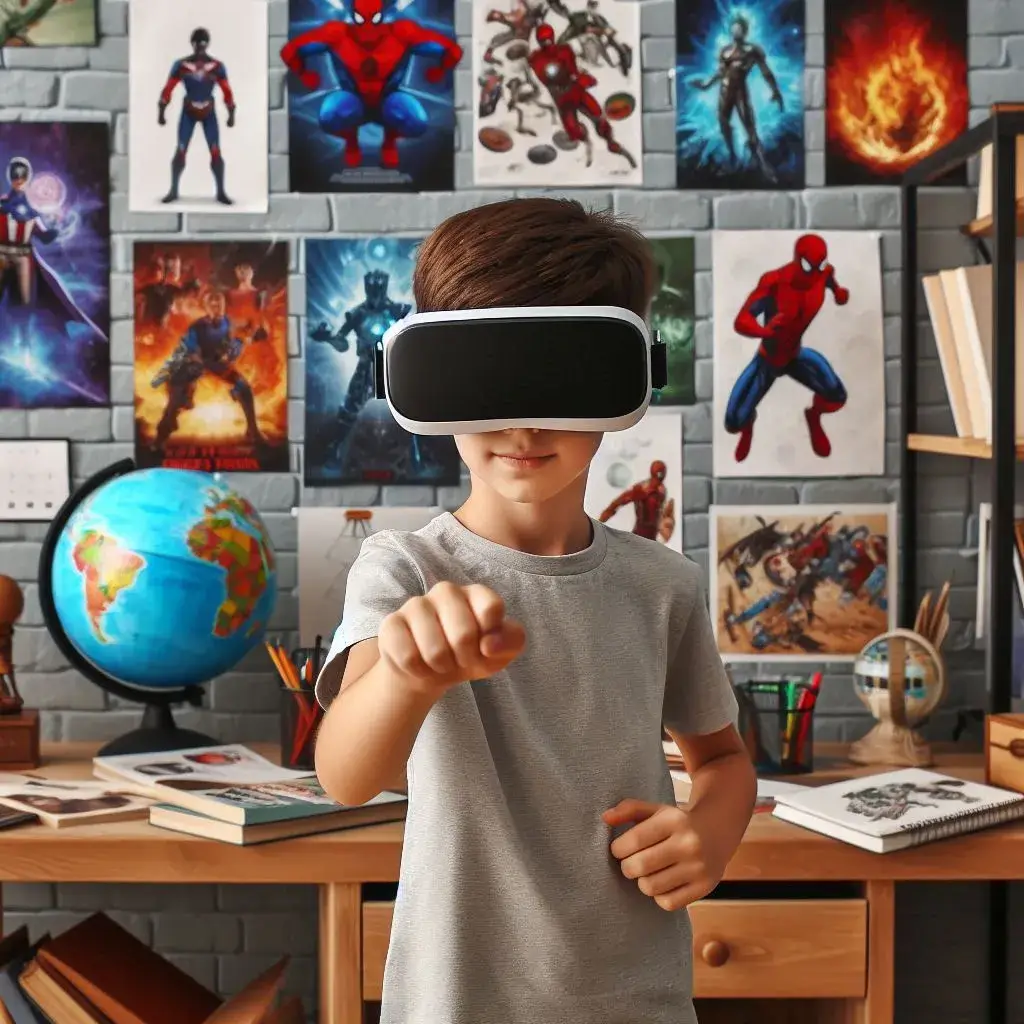
As technology continues to evolve, virtual reality (VR) and real-time graphics technology are shaping the next frontier in special effects, offering filmmakers new ways to bring immersive experiences to the screen.
Virtual reality has already made waves in entertainment, but its integration into filmmaking is still in its early stages.
A notable example is Disney’s The Lion King (2019), where VR was used during production to create a virtual set for animators.
The production team used VR headsets and controllers to virtually “walk through” the environments, providing them with a more immersive way to capture the scale and layout of the film’s landscapes.
This innovation blurred the lines between animated and live-action films, offering a glimpse into the future of storytelling.
The use of real-time graphics technology—which allows for the immediate rendering of environments and visual elements—has also paved the way for more interactive and flexible production processes.
Rather than relying solely on pre-rendered CGI, filmmakers can manipulate real-time graphics in a way that allows for faster decisions and adjustments during filming.
This has proven especially effective in the realm of animated films and gaming, where virtual worlds are built in real-time and can evolve as scenes progress.
Challenges & Opportunities:
Despite the excitement around VR filmmaking, there are still significant challenges that need to be overcome.
One of the primary hurdles is the integration of real-world acting with virtual environments.
While VR offers a level of immersion, it’s still difficult to match the fluidity and realism of human performances in digital spaces.
Actors often must imagine their surroundings or react to elements that aren’t physically present, which can affect their performances.
Additionally, the technology required for VR filmmaking can be expensive and complex, with a steep learning curve for both filmmakers and actors.
However, the potential opportunities are immense.
As VR technology improves, it’s likely that we will see an increased ability to blend virtual worlds with live-action performances in more seamless ways.
This could open up new opportunities in storytelling, enabling filmmakers to create interactive experiences where the viewer’s choices affect the outcome, or even hybrid films that blend live-action and animation in ways that we can’t yet imagine.
The future possibilities are wide-ranging, from fully immersive 360-degree experiences to films that take advantage of real-time graphics to create dynamic and evolving storylines.
5. The Future of Special Effects: AI, Deepfake, and Beyond
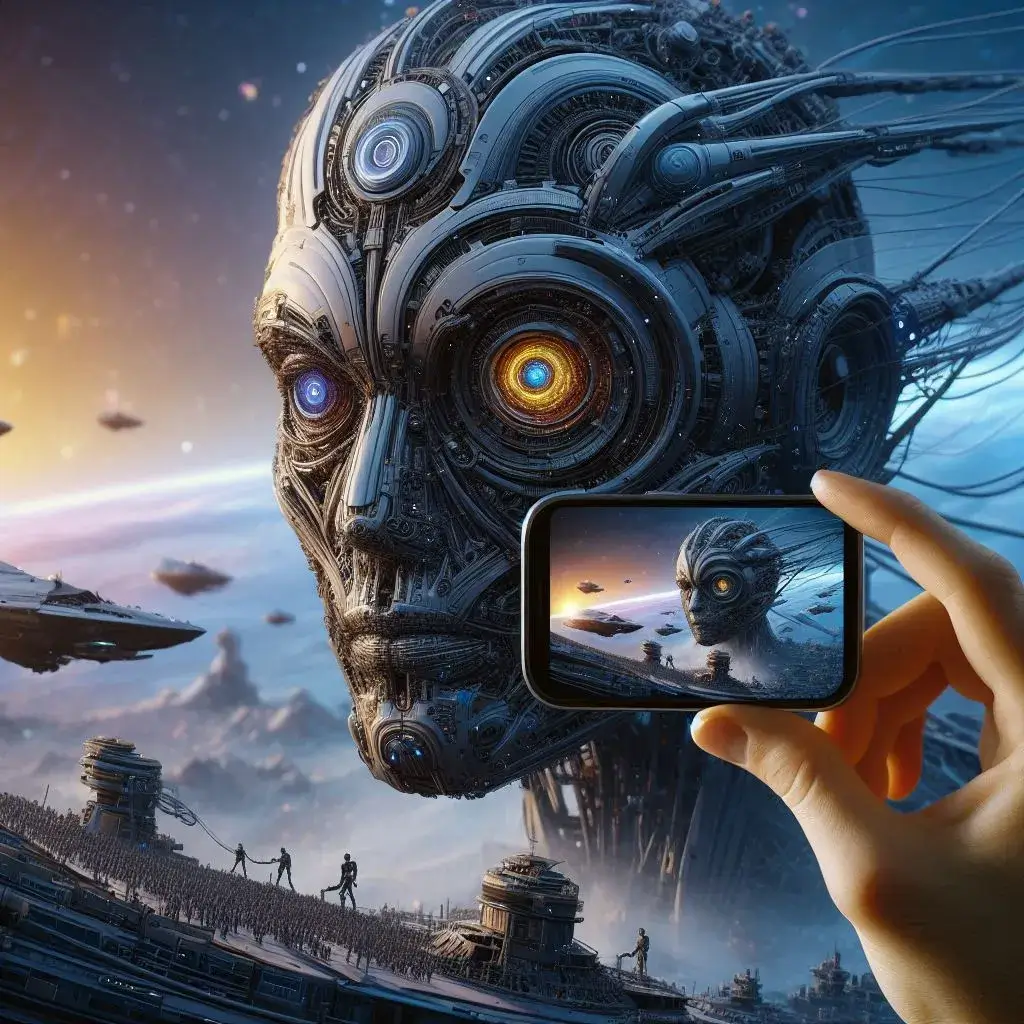
As technology continues to push the boundaries of what’s possible in filmmaking, the future of special effects is being shaped by innovative tools like artificial intelligence (AI) and deepfake technology.
These technologies are already changing the way filmmakers create characters, settings, and visual effects, and they promise to revolutionize the industry even further.
AI-driven tools are now capable of digitally creating realistic human performances, allowing for the de-aging of actors or the recreation of performances that might have otherwise been impossible due to time constraints or physical limitations.
Deepfake technology, which allows for the manipulation of video footage to make people appear to say or do things they never actually did, has already made headlines for its controversial applications.
However, when used responsibly, it can unlock creative potential in filmmaking.
For example, in The Irishman (2019), digital de-aging technology powered by AI was used to recreate a much younger version of Robert De Niro, allowing him to perform his scenes in the present day as if he were decades younger.
This groundbreaking use of AI not only reshaped how filmmakers think about character longevity but also raised questions about the ethical implications of using these technologies.
The potential applications of AI in film go beyond just de-aging. In the near future, we may see entire scenes generated by AI, making it possible to create backgrounds or even fully animated characters without the need for extensive human involvement.
Furthermore, AI could offer a level of realism that’s difficult to distinguish from actual human performance, blurring the lines between what’s real and what’s digitally created.
While this offers immense creative opportunities, it also brings concerns over the authenticity of performances and the potential for manipulation or misrepresentation.
Key Examples:
The Irishman (2019) is one of the most famous examples of AI-powered de-aging technology.
The film used a combination of motion capture, AI, and deepfake techniques to make its actors appear decades younger.
Robert De Niro, Al Pacino, and Joe Pesci all underwent digital transformations that allowed them to portray younger versions of their characters, a process that previously would have been unthinkable outside of animation or heavy makeup.
This shows the vast potential for digital de-aging in films, but it also raises the question of where the line is drawn between reality and digital fabrication.
Another significant example of AI-driven special effects is the use of deepfake technology in creating virtual characters and performances.
While deepfakes have been used controversially in social media and politics, the technology’s applications in film are more nuanced.
It could potentially help create lifelike characters or resurrect actors for roles they might have turned down or passed away.
Imagine a future where your favorite actor could reprise a role, even after their death, using nothing but AI-generated imagery and voice synthesis.
6. How Special Effects are Shaping Modern Video Games
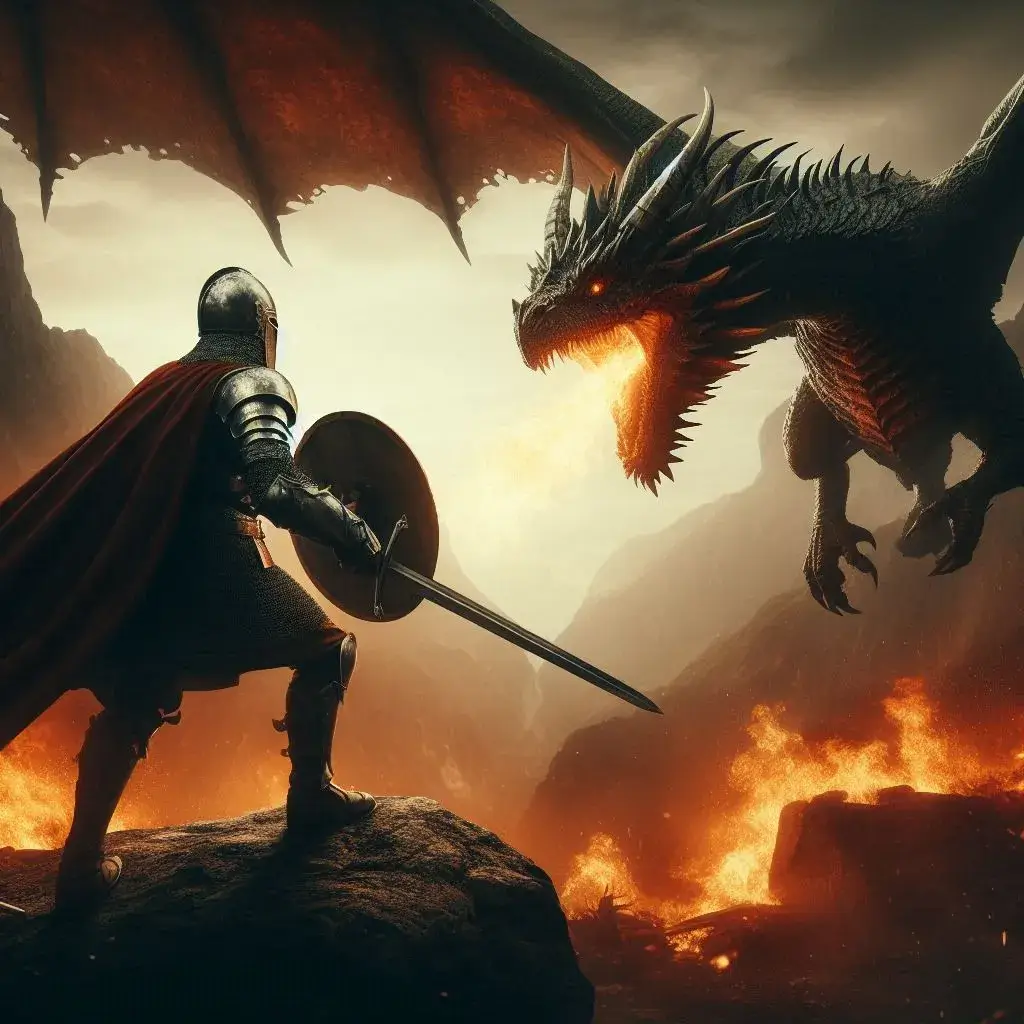
In the past few decades, special effects in video games have evolved to the point where they’re not just an aesthetic enhancement—they’re key components of storytelling.
With the advent of advanced video game technology, today’s games are more cinematic than ever, blurring the lines between movies and interactive experiences.
Games like The Last of Us Part II (2020) and Cyberpunk 2077 (2020) have set new standards for visual fidelity, using cutting-edge effects like realistic lighting, fluid animation, and hyper-detailed textures to bring virtual worlds to life in ways previously seen only in blockbuster films.
In The Last of Us Part II, players experience a post-apocalyptic world through meticulously crafted environments, where every raindrop, light reflection, and shadow tells a story.
The game’s motion capture technology and attention to detail in facial expressions and body language make the characters feel lifelike.
Similarly, Cyberpunk 2077 takes full advantage of next-gen graphics, offering a sprawling, dystopian world with effects that create an intense sense of immersion.
These games are more than just visually impressive; they use special effects to deepen narrative storytelling, immersing players in experiences that feel like they’re stepping into a movie.
Discussion:
The impact of these cinematic video games doesn’t stop at the gaming industry.
Film productions are increasingly turning to video game technology and techniques to enhance their own special effects.
The fluid, cinematic nature of games like The Last of Us Part II has influenced the way films are approached, with directors now seeking to replicate the seamless integration of animation, live-action, and special effects seen in modern video games.
For example, the motion capture techniques that were perfected in games are now routinely used in movies to capture realistic performances, as seen in films like Avatar (2009) and The Planet of the Apes reboot.
The game industry, with its ability to create real-time visual effects and fully interactive environments, has led to a cross-industry evolution in the way visual storytelling is approached.
One of the most exciting developments is the integration of real-time graphics in both films and games.
While traditionally, films would rely on rendered scenes created post-production, video games have embraced real-time technology, creating dynamic worlds where every action is influenced by the player.
This kind of technology is now being tested in films, where directors can visualize scenes live, much like a video game.
The merging of film and video game effects, including real-time rendering and photorealistic rendering, is setting the stage for a new era of hybrid storytelling that could redefine both industries.
Conclusion: The Never-Ending Evolution of Special Effects
Looking back at the history of special effects, we’ve witnessed a journey from the earliest practical effects like stop-motion and miniatures to today’s groundbreaking CGI and motion capture techniques.
Iconic films like King Kong (1933) and Star Wars (1977) set the stage for the evolution of visual effects, while revolutionary advancements in CGI technology and real-time graphics are continuing to push the boundaries of cinematic storytelling.
From the raw, tactile artistry of practical effects to the seamless digital wizardry of modern-day films, special effects have not only shaped the look of movies but also transformed how we experience storytelling.
The introduction of virtual reality and AI-driven special effects further demonstrates how we are entering a new era of visual media.
These innovations offer possibilities once thought impossible, and they will undoubtedly play a pivotal role in shaping the future of entertainment.
As special effects technology becomes increasingly immersive and interactive, the way we experience stories will change in ways we can only begin to imagine.
Looking Ahead:
As we look to the future, the evolution of special effects promises even more exciting possibilities.
Imagine the next Star Wars or Marvel movie incorporating virtual reality elements where viewers can interact with characters or influence the storyline.
The realism of deepfake technology and AI might allow for actors to continue their roles in films for decades, or even enable performances by historical figures.
The integration of motion capture and real-time graphics could create more dynamic, interactive experiences both in film and video games.
One thing is certain: as special effects continue to evolve, they will redefine how we perceive stories and transform entertainment into a multi-sensory journey.
Now that we’ve explored the evolution and future of special effects in cinema, we want to hear from you!
What are your favorite special effects moments in films or video games?
Do you have a scene that blew your mind with its realism or creativity? Or, where do you think special effects will go next?
Share your thoughts in the comments below and let’s dive into a conversation about how CGI and visual effects continue to shape the entertainment we love.
Read recent blog posts.
Follow our social media to receive content as soon as it is released.👇
